Burning candles can create a beautiful ambiance in your home, but it's important to follow safety guidelines to prevent accidents. Every candle and candle brand is different, so always read the safety instructions that come with your candle. But, here are the most basic and essential tips to help you enjoy your candles safely.
Always Burn Candles Within Sight
Keeping your candles within sight ensures you can immediately respond to any issues, such as an oversized flame or accidental tipping. This simple habit increases safety, allowing you to enjoy your candle's ambiance without worry. Whether you're relaxing or moving around, always being aware of your burning candle prevents mishaps and ensures a safe, enjoyable experience.
What Can Happen If You Don’t Keep Candles in Sight?
- Fire Hazard: Leaving a candle unattended increases the risk of accidents, such as the flame coming into contact with flammable materials.
- Tipping Over: Pets or people could accidentally bump into a candle, knocking it over and potentially causing a fire.
- Overheating: Without monitoring, the candle may burn for too long, leading to overheating of the jar or surrounding area.
Keep Away from Things That Can Catch Fire
Placing candles away from flammable objects like curtains, paper, and fabrics minimizes the risk of fire. By ensuring clear space around the candle, you create a safe burning environment, free from materials that could accidentally catch fire.
What Can Happen If You Don’t Keep Candles Away from Flammable Items?
- Fire Hazard: A draft or slight movement could push flammable objects into the flame, quickly igniting a fire.
- Risk of Property Damage: Items made of flammable material such as fabric or paper can burn quickly and cause serious damage to your home or belongings.
- Damaged Surfaces: Candles that are burned without following safety guidelines can overheat, causing the surface they are on to scorch, melt or burn. Only place candles on surfaces resistant to heat
Keep Away from Children & Pets
Keeping candles out of reach of children and pets ensures their and your safety. Curious hands or paws can easily knock over a candle or get too close to the flame, leading to burns or accidental fires. Properly placing your candle in an elevated, secure location offers increased peace of mind and protection for everyone.
What Can Happen If You Don’t Keep Candles Away from Children and Pets?
- Knocked Over Candle: Children or pets can accidentally knock over a burning candle, potentially starting a fire or spilling hot wax.
- Burn Injuries: Without precaution, children or pets could touch the flame or hot wax, resulting in burns.
Trim Wick to 1/4 in Before Every Use
Trimming a candle wick has numerous positive effects that enhance both performance and safety. First, it helps the candle burn more cleanly, reducing the production of soot and smoke that can stain walls, décor, and the candle container. By preventing carbon buildup (mushrooming), a trimmed wick promotes a steadier, cleaner flame and encourages an even burn, drastically reducing the chance of tunneling, where wax remains unused along the sides. This leads to a longer burn time, ensuring your candle lasts longer. Additionally, a properly trimmed wick enhances scent throw by keeping the flame at an optimal size, allowing the fragrance to disperse more effectively without overheating the wax. Finally, trimming the wick reduces the risk of large flames that could overheat the candle or crack the jar, making for a much safer burn. Regular wick trimming guarantees a cleaner, longer-lasting, and safer candle experience.
What Can Happen If You Don’t Trim Candle Wicks Before Burning?
- Soot and Smoke: A longer wick can cause the flame to grow too large, leading to excess soot and smoke, which can discolor your candle jar, furniture, and nearby walls.
- Uneven Burning: Without trimming, the candle may burn unevenly, causing tunneling where only the center melts, leaving wax around the edges. This can waste a significant portion of the candle and shorten its lifespan.
- Mushrooming Wick: A long wick can develop carbon buildup, or mushrooming, at the top. This results in a flickering flame, uneven burn, and increased smoke and soot.
- Overheating: A long wick can cause the flame to overheat the wax, making the candle burn out faster than intended.
- Large Flame: A long, untrimmed wick can create a dangerously large flame that could potentially cause the candle jar to crack or overheat. It also increases the risk of the flame coming into contact with things that could catch fire.
Do Not Burn for More Than 4 Hours
Limiting candle burn time to a maximum of 4 hours helps protect your candle and its container from overheating. Shorter burn sessions allow your candle to cool down, preserving its lifespan and ensuring safer use over time.
What Can Happen If You Burn for Longer Than 4 Hours?
- Overheating: Prolonged burning can cause the jar to become excessively hot, leading to potential cracks or damage.
- Fire Risk: An overheated candle could ignite nearby materials or cause the container to shatter, increasing the risk of fire.
Stop Use When 1/2 Inch of Wax Remains
Stopping candle use when about 1/2 inch of wax remains protects surfaces from damage and prevents overheating. This safety measure ensures your candle burns efficiently while reducing the risk of accidents as it nears the end of its life.
What Can Happen If You Burn a Candle Below 1/2 Inch of Wax?
- Container Damage: Burning the candle below this level can cause the heat to transfer directly to the container, leading to cracks or total breakage.
- Fire Hazard: Without enough wax to cushion the heat, the candle holder could become too hot, increasing the risk of fire or damage to surfaces.
In Summary: 6 Essential Candle Safety Tips
- Always burn candles within sight
- Keep away from things that can catch fire
- Keep away from children & pets
- Trim wick to 1/4in before every use
- Do not burn for more than 4 hours
- Stop use when 1/2in wax remains


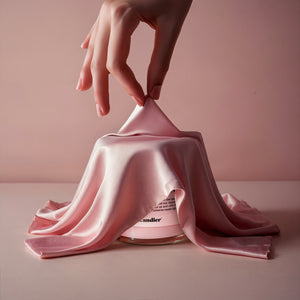












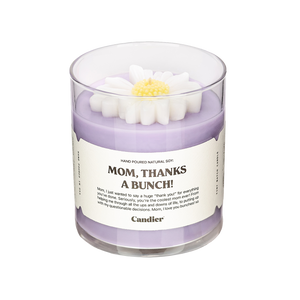
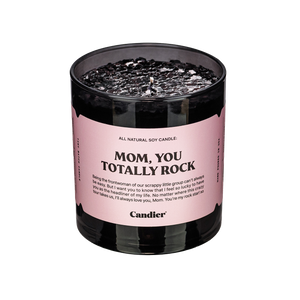

















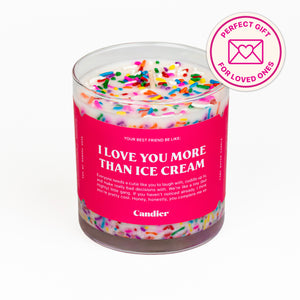
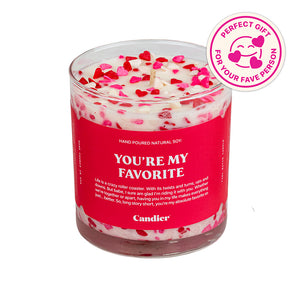
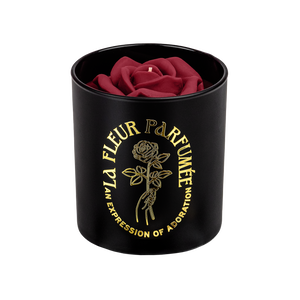
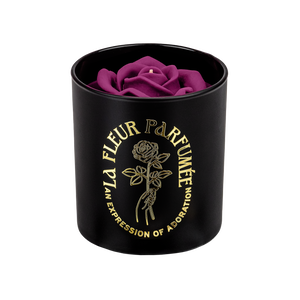
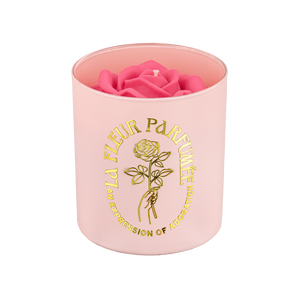
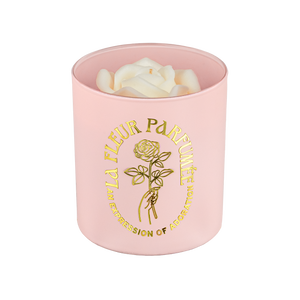
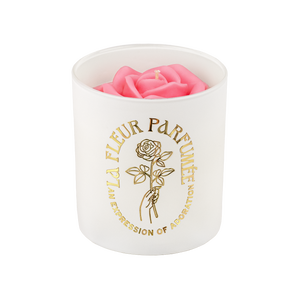

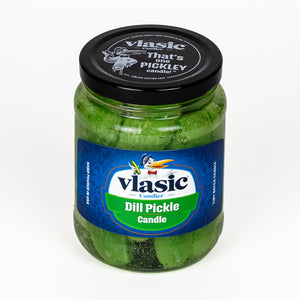












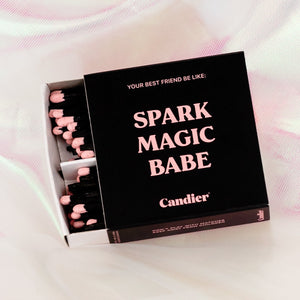
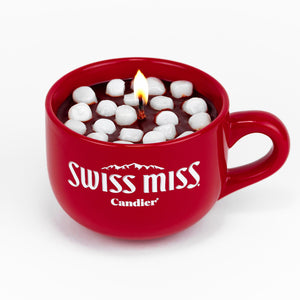



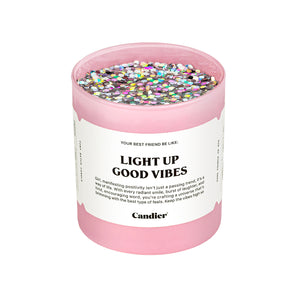
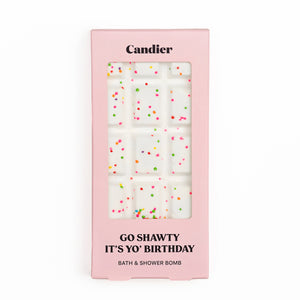







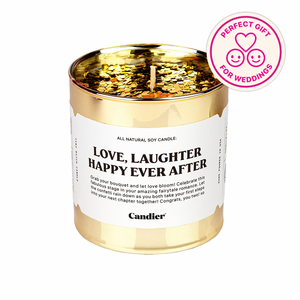
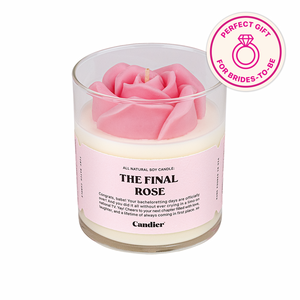












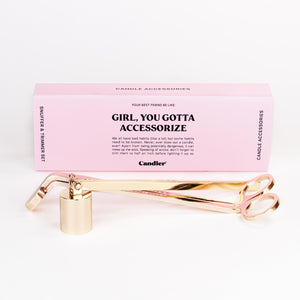
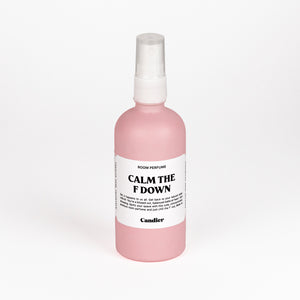
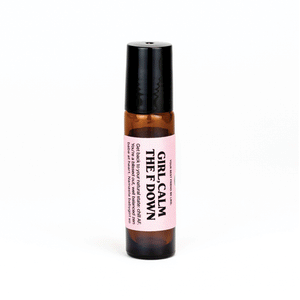
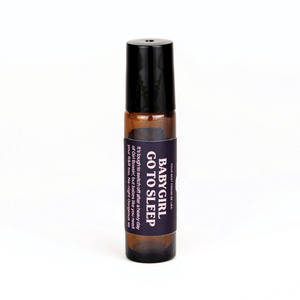
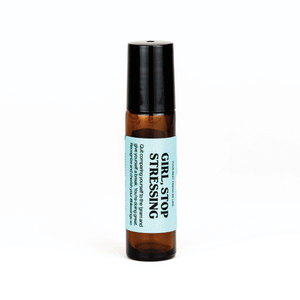
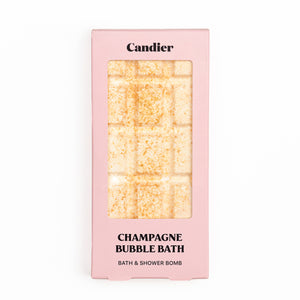
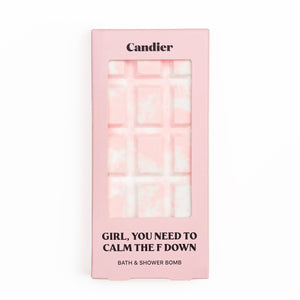
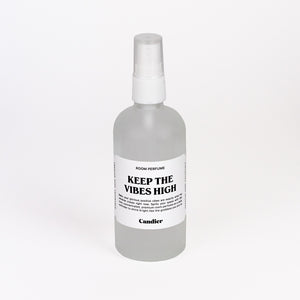
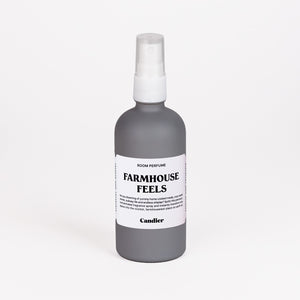





















Leave a comment
All comments are moderated before being published.
This site is protected by hCaptcha and the hCaptcha Privacy Policy and Terms of Service apply.